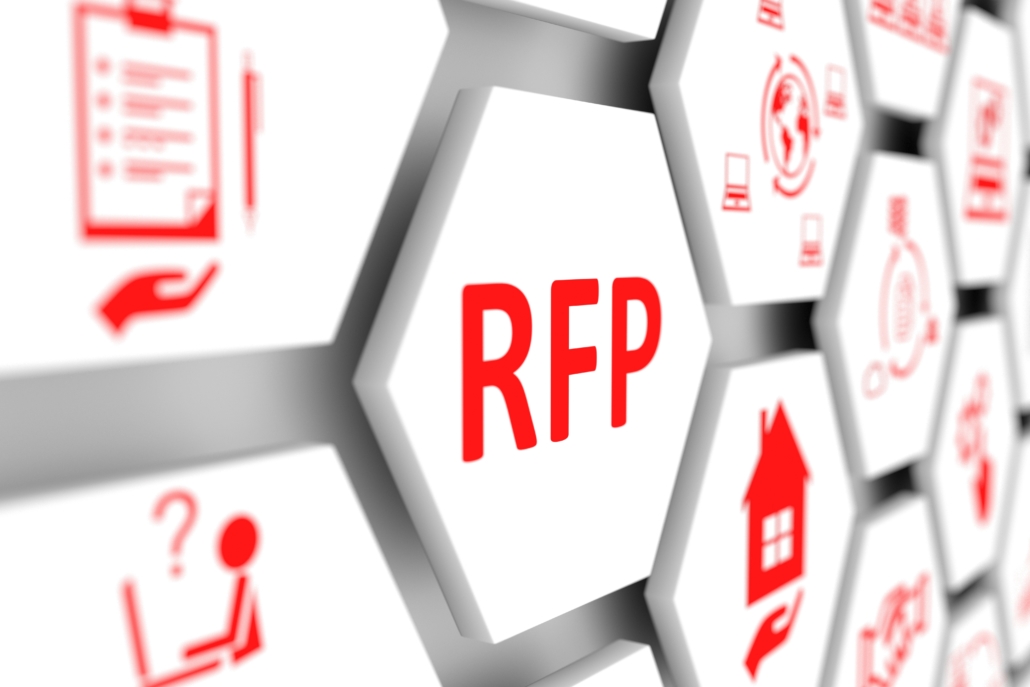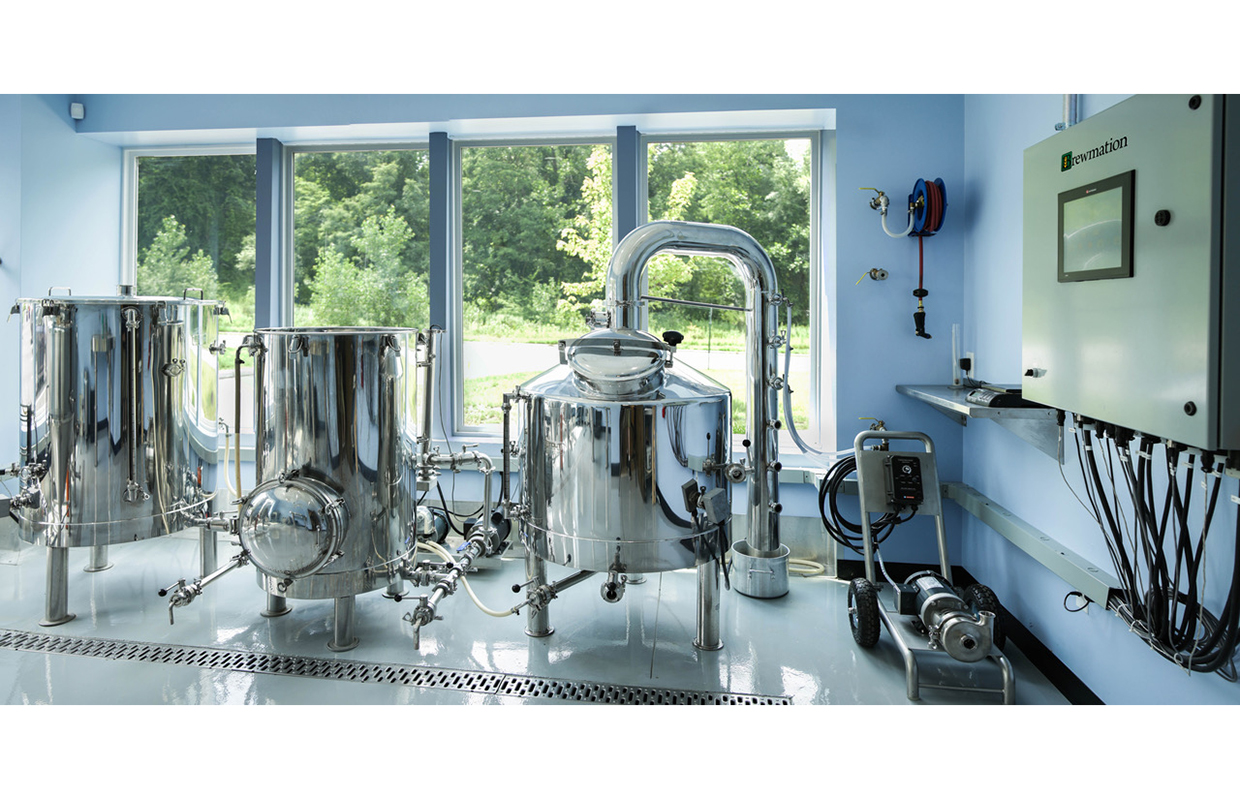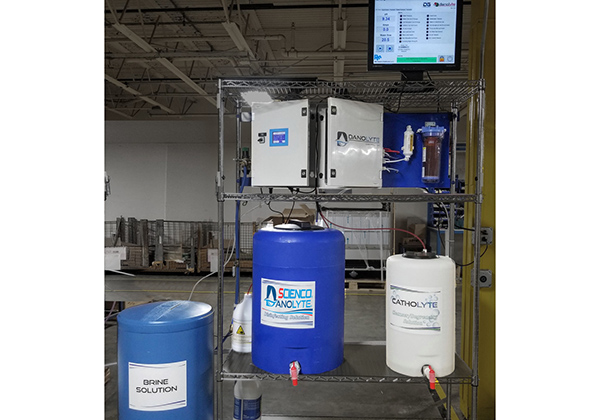
Considering a Request for Proposal (RFP) process for larger brewery purchases could be a great purchasing tool to have at your disposal and can be utilized by the smallest or largest brewery or distillery.
The last RFP that the Beer & Wine Federation helped with ended up saving $46K per year on a two-year contract by having a Federation member go with an alternative supplier that responded to the RFP. Hopefully, this helps you get started on your own RFP.
- Be specific in your ask: Suppliers don’t always make it easy to compare “apples to apples” when you request a quote. So how do you overcome this when you get a series of responses that don’t easily match up? Well, the process of an RFP is supposed to do just that, normalize the responses to make it easier to compare. But you need to be specific in your ask. (i.e., I am looking for the cost…broken out the following way, for next year, including freight, dunnage, MOQ, etc.) You get a very different answer when you send out an RFP asking for specific responses than if you just send an email and ask for a quote on BRITE 12oz cans.
- Price is important but not always the tipping point. Besides price, it will most likely come down to one of the other categories. If you send the RFP out to multiple manufacturers and distributors, you will hopefully hear back from many of them. Each supplier should be trying to highlight a differentiator on why you should go with them. For example, do they have terms for this order, would they do NET 60 for you? Would they warehouse the order, for how long and how much, do they offer a discount if you get lids at the same time, are they able to adjust their MOQ if you did a two-year contract? Either by asking for these differentiators or identifying them in the response, you are typically highlighting what will be the deciding factor besides price. All of these have measurable value to a beverage producer — it’s just a matter of quantifying how much value for your organization.
- Partnership Matters. An RFP may feel like a cold, calculating process than just calling up “your guy” and getting a price. An RFP is meant to help remove the awkward negotiation and tunnel vision focus on your price. It’s also supposed to help buyers understand that they are getting all the value needed in the solution compared to the market.
You can still make the process your own. For example, it may show that you can get a slightly better price from switching providers, but this could be an opportunity to talk to your current provider about what responses you are getting back.
Perhaps there is something you can discuss together to find a way to stay with them. So, in this case, the RFP process has only strengthened the partnership.






Be the first to comment